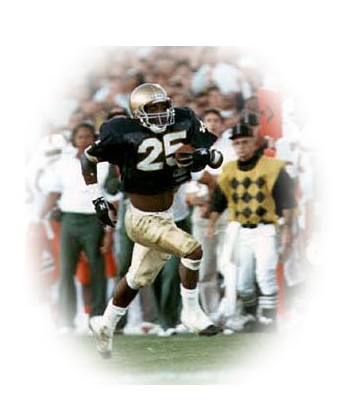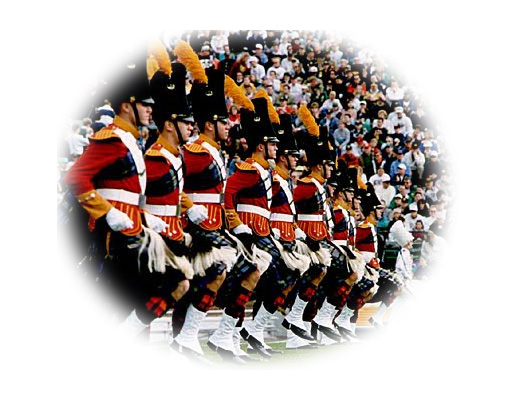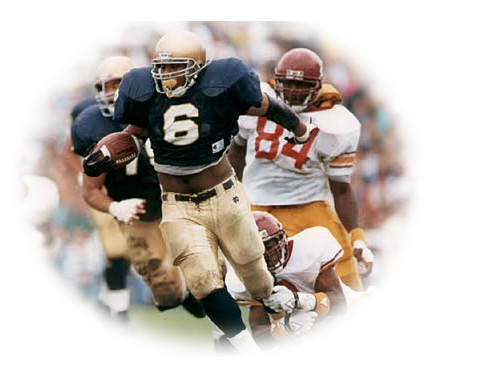

Business Forecasting Football Challenge
Jeff Sagarin was an MBA student years ago when he started predicting the outcome of basketball games at Indiana University. Today, Sagarin is a syndicated columnist for USA Today. Jeff's most popular output is the set of "Sagarin Rankings" that he produces for both college and professional sports teams. The Sagarin rankings are used in the Bowl Championship Series at the end of the football season to determine the major bowl matchups; this would seem to indicate that some believe the rankings to be an accurate assessment of the ability of the various teams.
We will look specifically at Sagarin's rankings of college football teams. Each team is assigned a number that allows the reader to compare teams that are about to play each other and to predict the winner. It is also possible to compare teams that never play each other by comparing their Sagarin numbers.
Your Challenge:
The actual method used for computing the Sagarin numbers is a closely guarded secret. Your challenge will be to reproduce the Sagarin rankings. Sagarin, like the developers of other sports rating systems, does not divulge the exact methodology behind his numbers. Teams gain higher ratings within the Sagarin system by winning games against stronger opponents, factoring in such things as home-field advantage. The margin of victory (or defeat) factors in also, but a law of diminishing returns is applied. Therefore, a team that wins a game by a margin of 7-6 is rewarded less than a team that defeats the same opponent under the same circumstances 21-7, but a team that wins a game by a margin of 35-0 receives similar ratings to a team that defeats the same opponent 70-0.
against stronger opponents, factoring in such things as home-field advantage. The margin of victory (or defeat) factors in also, but a law of diminishing returns is applied. Therefore, a team that wins a game by a margin of 7-6 is rewarded less than a team that defeats the same opponent under the same circumstances 21-7, but a team that wins a game by a margin of 35-0 receives similar ratings to a team that defeats the same opponent 70-0.
The Reward:
There will be a reward for the individual (or team) that comes closest to a reproduction of the Sagarin method. Your instructor will choose three entries for class presentation from among the field submitted (if there are more than three submitted). After the presentations the class will vote which method you believe to be the best analog of the Sagarin method. The winning individual (or team) will receive 15 extra percentage points on the final examination. If there is more than one individual on the team, they will equally share the points (e.g., three people would receive five points apiece). All entries are due as a PowerPoint presentation with accompanying Excel Spreadsheets on Wednesday November 22nd by close of business. Your presentation should explain your rationale and the exact method you have used to replicate the Sagarin rankings. Keep in mind that this is a forecast and your method should use only data available when the ranking is constructed.
You may use any of the methods we use this semester to mimic the Sagarin rankings. The objective criterion we are using to evaluate your results is much the same as any business forecast: how well does your system predict the Sagarin number?
It may be helpful for you to know a bit about Jeff Sagarin; there are
Sagarin received a Bachelor of Science degree in mathematics from Massachusetts Institute of Technology in 1970 and a Master of Business Administration degree from Indiana University. The following links provide some insight into how Sagarin has constructed his index (without actually relating the exact method):
The Dunkel Index (a competing ranking system)
Computing Athletics (an article from the Technology Review)
Summary
Produce a forecast that "matches" the Sagarin Rankings.
Deliverables are a PowerPoint Presentation and accompanying Excel Spreadsheets.
Due date is November 22nd by close of business.